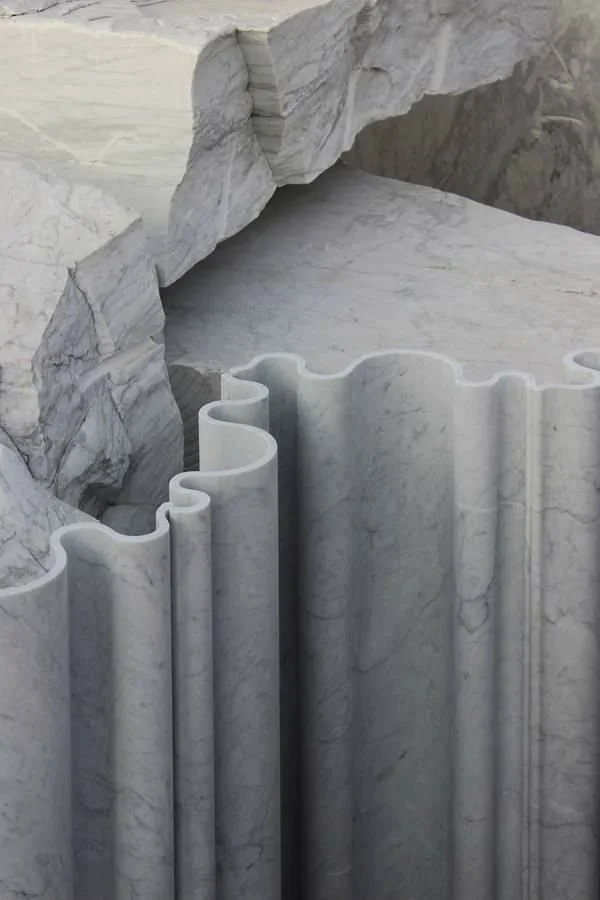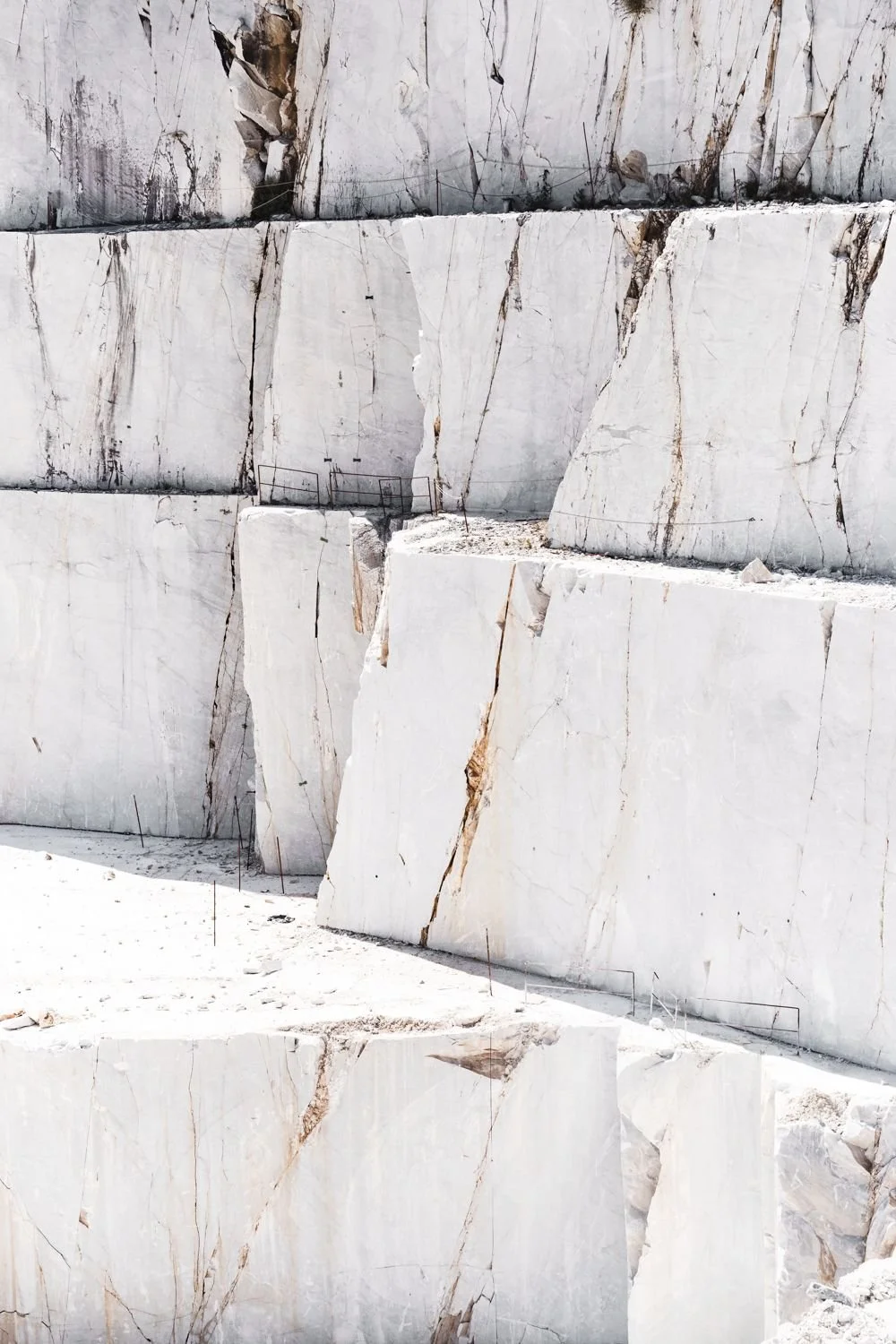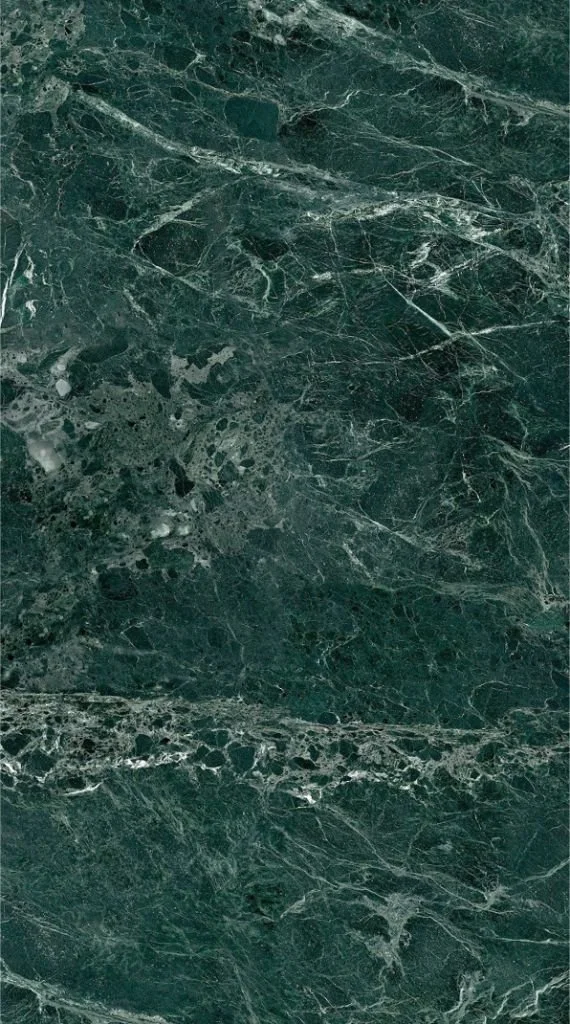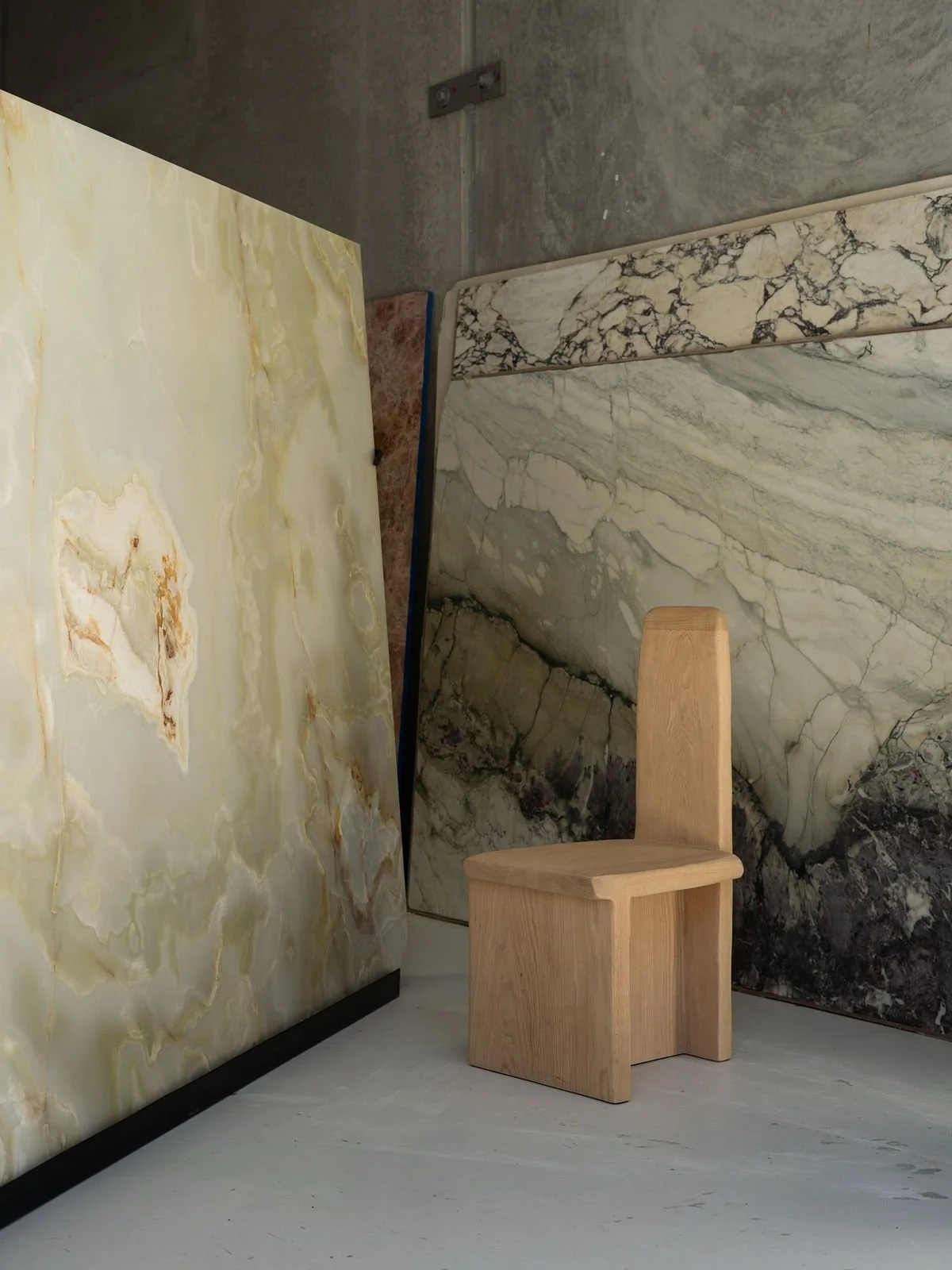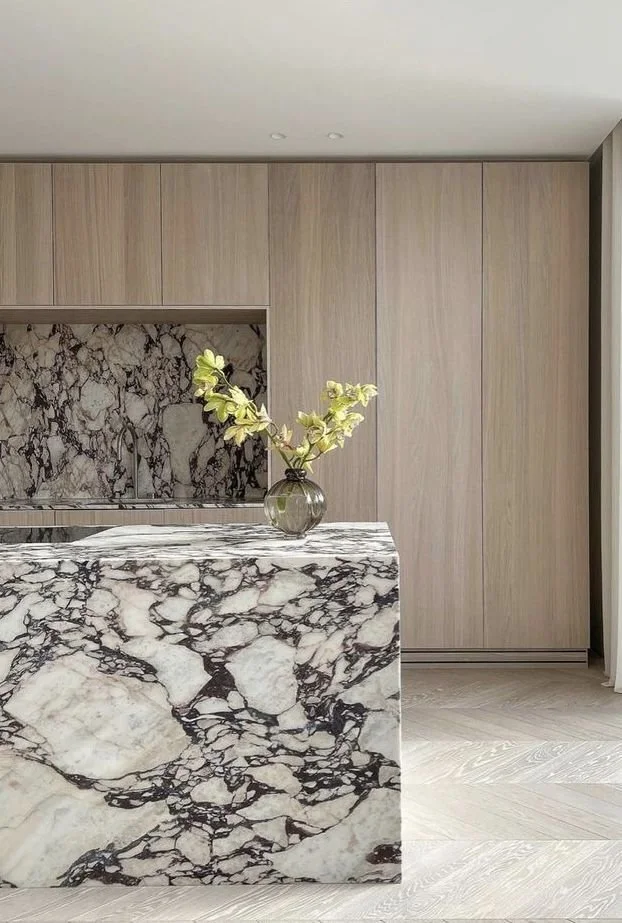Marble Crafting: Beyond the Slab
Marble is more than a surface—it’s a story of geology, craftsmanship, and design. Each slab carries its own history, veins, and personality, and when handled thoughtfully, it transforms interiors into spaces that are both functional and soulful. At Studio Bisson, we love exploring how this timeless material can shape the mood, texture, and character of a home.
The Craft Behind Marble
Crafting Marble
Every piece of marble begins its journey in the quarry, where artisans carefully select blocks for their unique veining and color. From there, the material is cut, polished, honed, or treated with finishes that enhance its natural beauty.
Small details make a big difference: the thickness of a slab, the type of finish, or the angle of a cut can completely change the way light interacts with the surface. Custom craftsmanship allows marble to take many forms—countertops, furniture tops, wall panels, or subtle decorative details—turning a functional material into an expressive one.
Famous Marbles and Their Characteristics
Carrara: Hailing from Tuscany, Carrara marble is the most widely recognized. Its soft grey veins on a white background exude understated elegance, perfect for both modern and classic interiors.
Calacatta: Also from Italy, Calacatta features bolder, dramatic veining with a bright white base. It’s luxurious and striking, ideal for statement surfaces in kitchens or bathrooms.
Statuario: A rarer Italian marble, Statuario is prized for its crisp white background and pronounced, flowing veins. Often used in high-end interiors, it combines refinement with strong visual impact.
Emperador: A rich, dark brown marble from Spain, Emperador adds warmth and intimacy, especially in living spaces and accent features.
Verde Alpi: An Italian green marble from the Aosta Valley with delicate white veins, it brings unexpected color and texture to a space, often used as a luxurious accent.
Carrara marble quarry
Choosing the Right Marble for Your Space
Verde Alpi Marble
Selecting marble goes beyond aesthetics; it’s about matching the material to the function, light, and atmosphere of the space.
Consider the Room’s Function
Bathrooms: Honed surfaces offer softness and slip-resistance.
Kitchens: Polished marble ensures durability for daily use.
Living Areas: Large slabs with prominent veining make a statement without overwhelming the room.
Think About Light and Color Palette
Bright Spaces: Darker tones like Emperador add depth and drama.
Dim Spaces: Light marble such as Carrara or Calacatta reflects light, making the room feel more open.
Harmonizing vs. Contrasting: Decide if the marble should blend with wood, textiles, and metals or act as a focal point.
Veining & Pattern Considerations
Bold Veining: Ideal for statement pieces, like Calacatta or Statuario.
Subtle Veining: Timeless and calming, like Carrara, perfect for understated elegance.
Matching Style & Atmosphere
Minimal / Modern: Light, consistent slabs with clean lines, such as Carrara.
Wabi-Sabi / Natural: Warm-toned marble with honed finishes and organic veins.
Classic / Elegant: Polished surfaces with dramatic contrast, like Calacatta or Statuario.
How Marble Shapes Interiors
Marble showcase
Marble doesn’t just cover surfaces—it sets the tone and rhythm of a room. Its color, veining, and texture interact with light throughout the day, creating subtle shifts that make a space feel alive. When paired with materials like warm wood, soft textiles, or cool metals, marble balances contrast and harmony, giving interiors depth and layered interest.
In our projects, we consider how each slab will be experienced—from the way a countertop catches morning light to how a wall panel frames a view. Veins can guide the eye, highlight architectural features, or create focal points, while texture and finish contribute to the room’s tactile and visual atmosphere.
Placement matters too: a single dramatic slab can anchor a living area, while repeated patterns in flooring or panels create rhythm and cohesion. By understanding a marble’s personality—the boldness of its veining, its subtle undertones, and how it interacts with surrounding materials—we can design spaces that feel tailored, harmonious, and thoughtfully curated.
Ultimately, marble is more than decoration; it’s an active participant in the design. Every choice—slab, finish, placement, combination with other materials—shapes how a space feels, how it functions, and how it supports the lives of the people who inhabit it. It’s a material that ages beautifully, offering a sense of permanence and elegance while remaining adaptable to evolving interiors.
Calacatta Marble Kitchen
Marble Finishes: Understanding the Options
The finish you choose for marble influences both its look and how it feels under your touch. Some of the main types include:
Polished: High gloss and reflective, highlighting veining and color. Ideal for countertops, statement walls, or floors.
Honed: Smooth and matte, offering subtle elegance and a softer tactile feel. Great for bathrooms or high-traffic areas.
Brushed: Slightly textured with a worn effect, giving a handcrafted, natural character.
Leathered: Softly textured with a tactile finish, creating a warm, organic look, often used on furniture or accent surfaces.
Sandblasted: Rough, textured surface, typically used outdoors or in architectural elements.
Tumbled: Weathered and aged appearance with softened edges, perfect for rustic or natural styles.
Flamed: Rough, non-slip surface achieved with intense heat, commonly used for exterior flooring or terraces.
Polished & Brushed (Hybrid): Combines shine with subtle texture for an artisanal effect.
Choosing the right finish ensures the marble suits both the practical needs of the space and the atmosphere you want to create. It’s a key part of turning a beautiful material into a living, breathing element of a home.

